A very warm welcome to our first edition of The Call to Comms, a weekly newsletter from Télécoms Sans Frontières that sits at the intersection between technology and humanitarian aid.
The beginning of the year is the time to look ahead and try to get ready for what’s coming next. So, for our first issue, we wanted to give you key points of what the United Nations Office of the Coordination of Humanitarian Affairs (OCHA) announced for 2023 – and our own insight as a humanitarian NGO.
The key 2023 figures at a glance:
- There are 339.2 million (1 in 23 people) people in need
- People targeted: 228.5 million
- Funding needs (US$): 51.5 billion
- 1% (103 million) of the world’s population are displaced
🌐 In this week's issue:
- What does 2023 have in store for the humanitarian world? What you need to know about this year’s Global Humanitarian Overview.
- The humanitarian response. Discover the United Nations’ plan to tackle those issues
- Our insight. How does telecommunication technology come into play in these contexts?
What does 2023 have in store for the humanitarian world?
The Global Humanitarian Overview 2023 is clear: 339 million people will require humanitarian aid in 2023, a number equivalent to the third most populated country in the world. This is a sharp increase from last year’s 274 million. So what makes 2023 so different? The answer lies in three themes: conflicts such as the war in Ukraine, climate change and economic crises all play a role – and are inextricably linked.
Conflict
Conflict caused 14.4 million displacements in 2021 (the latest figures for 2022 aren’t yet released), the highest figure ever recorded. It’s also the biggest cause of world hunger, accounting for 9 out of 10 of the worst hunger crises. Children are especially vulnerable, with attacks on schools and hospitals on the rise. Moreover, targeting hospitals results in destroying the country’s health and response system, which in turn makes them more vulnerable to other crises, such as the COVID-19 pandemic.
Climate change
For example, in Somalia, a drought led to a 91% increase of people experiencing hunger. These extreme weather events have been increasing in frequency and intensity due to climate change and are responsible for the vast majority of displacements (60% in 2021).
Economic turmoil
“The global goal of ending extreme poverty by 2030 is no longer achievable, with 90 million more people experiencing this challenging reality than previously projected.” OCHA, Global Humanitarian Overview.
If it wasn’t bad enough during the pandemic, the global economic crisis has gotten a whole lot worse thanks to the Ukraine war, exacerbating food crises in countries such as Somalia, South Sudan and Yemen. These food crises often worsen in extreme weather events, which was the case for Somalia.
📰Latest news from TSF, our partners and the humanitarian web
- TSF: 2022 in a minute. TSF 2022 Throwback
- Can satellite technologies help save the planet? The World Economic Forum lists 5 ways satellite technologies can help reduce emissions, based on our partner Inmarsat’s recent report
- Looking back on 2022. A very unordinary year at Télécoms Sans Frontières.
The humanitarian response
The United Nations aim to target 230 million people, for which they need to raise $51.5 billion – a sharp increase from the $41 billion originally announced at the start of 2022. They raised the requirements, but this year’s humanitarian relief efforts have reached less than half (44%) of the resources needed.
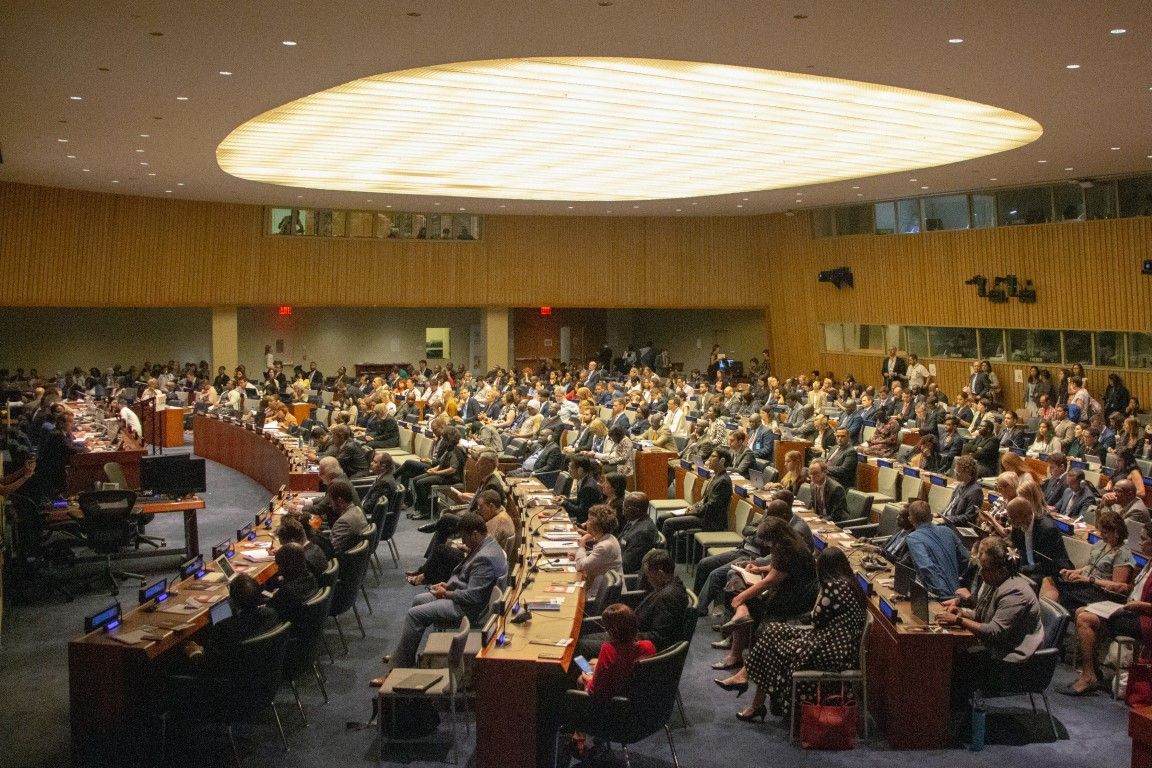
Funding gaps
Why is there such a sharp increase in financial requirements? Mostly because of a higher number of humanitarian needs for 2023, and strong inflation that impacts aid itself: food relief, materials, etc.
It’s getting harder to help
Attacks on humanitarian aid workers are increasing, with 268 attacks recorded in 2021, resulting in 141 deaths. More and more countries are getting harder to access for humanitarian teams. So, in the face of these difficulties, how can we best help during this global crises?
Break the cycle
If you’re wondering about how to bring about change, the International Rescue Committee published a recommendation detailing it in three points:
- Break the cycle of crisis
- Protect civilians in conflicts
- Confront shared global risks
A way of responding to the global humanitarian crisis will be through encouraging resilience - better prepared, better equipped to face crises.
For the interested curious to learn more
- Forbes Magazine published an interesting article in which they not only explore the deep link between climate change, technology and sustainability but also give their predictions for 2023.
- The New Humanitarian list 10 humanitarian crises the world will face in 2023 and that need our immediate attention.
Our insight
Here at TSF, we specialize in telecommunications, whether it’s bringing connectivity to people in crisis, providing information for refugees or doing our best to bridge the digital divide with digital inclusion. Here’s a few points we’d like to add with this angle in mind.

Access to information to be better prepared
Responding to the global humanitarian crisis includes being better prepared. Thanks to emergency connectivity, civilians can get access to information, essential for a safer trip, and have the possibility to contact their loved ones for resources, advice and support. This can improve refugees’ journeys and living conditions, which in turn could limit the need for humanitarian aid.
Collaborating thanks to connectivity
Coordination and collaboration between humanitarian actors are made possible with strong connectivity to coordinate actions. Collaboration with local actors can also be done through training and workshops, like our project in South East Asia and the Caribbean to train first responders on emergency telecommunications; we then can have a quicker, more efficient and adapted response.
That's it for now. We'll see you next Tuesday, where we'll be .
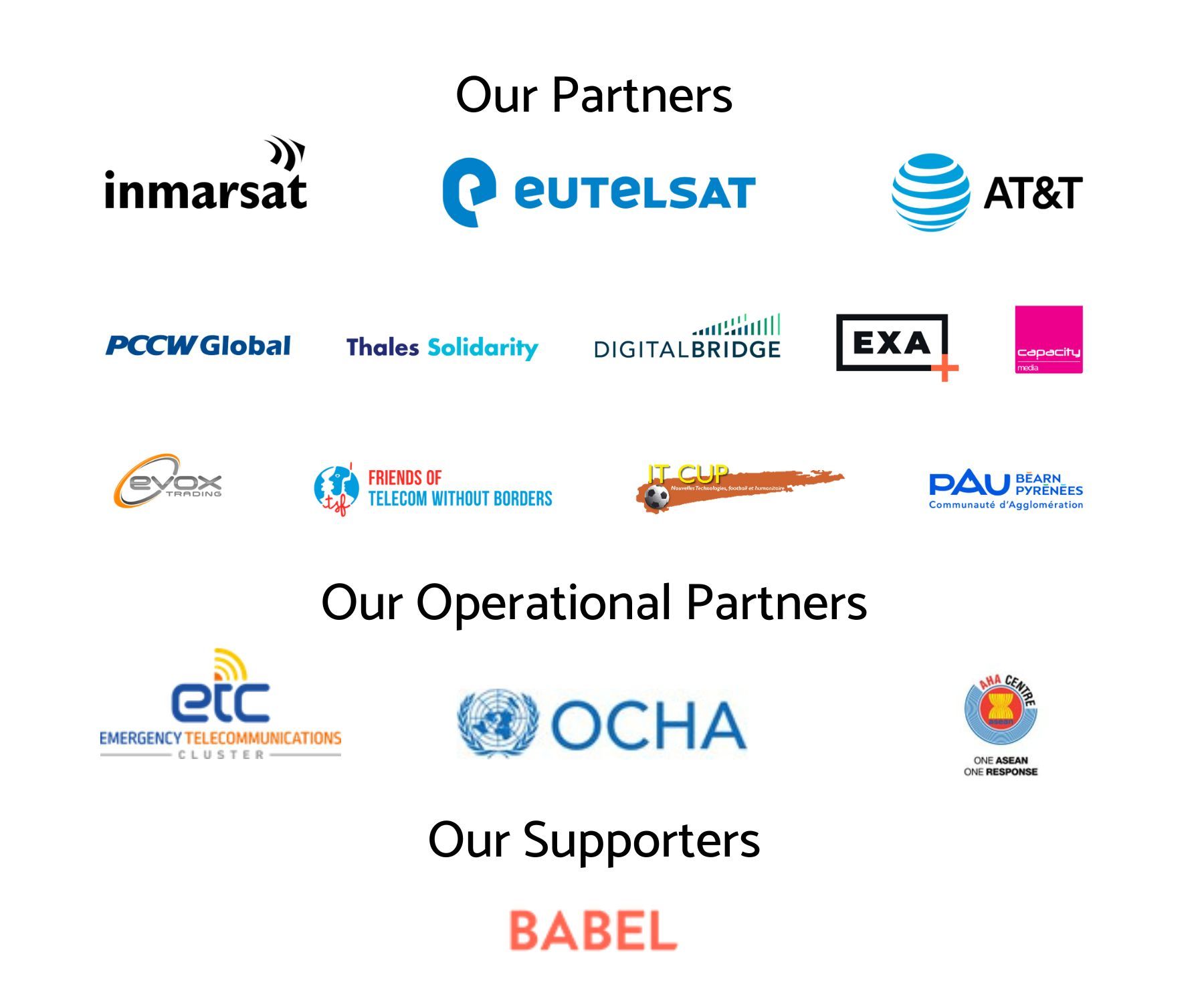


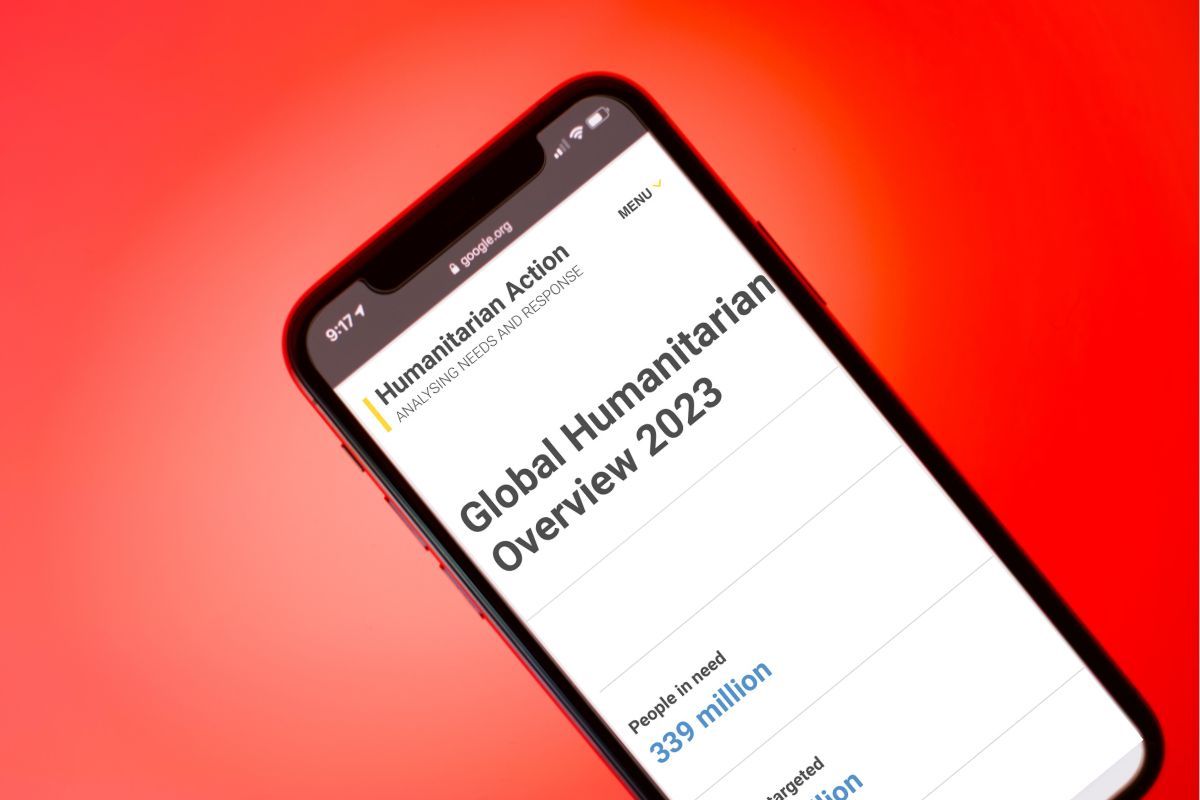




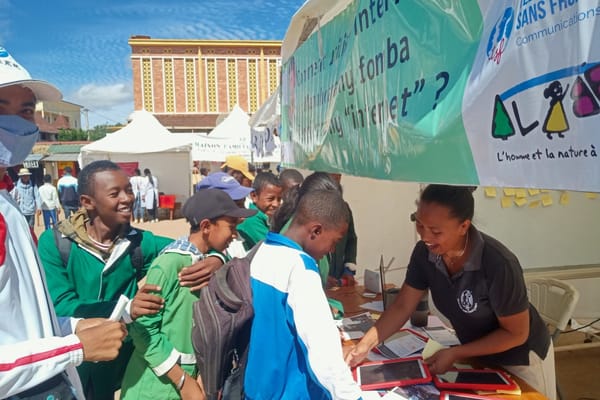
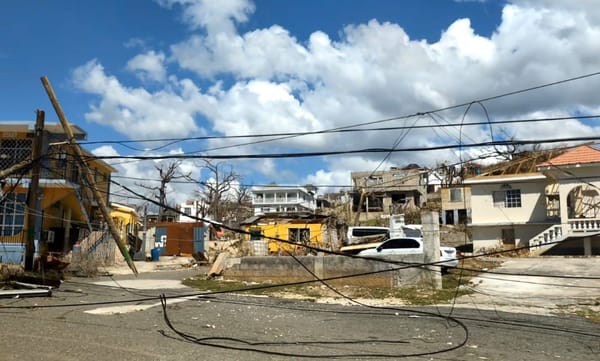


Member discussion